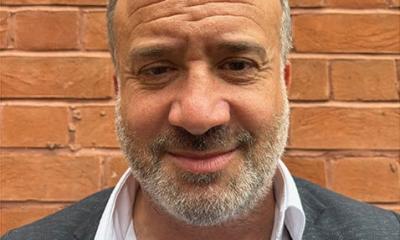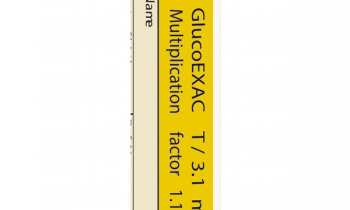How to achieve tight glucose control
By Professor Jean-Charles Preiser MD PhD, of the Department of General Intensive Care, University Hospital Centre, University of Liege, Belgium

Following the publication of the landmark Leuven study, which reported a four percent decrease in the mortality rate following the restoration and maintenance of normoglycaemia by intensive insulin therapy in critically ill patients, there was a wide enthusiasm for this cheap and easily accessible technique. However, the successful implementation of tight glucose control is a major challenge for most intensive care units worldwide. The increase in workload related to the frequent checks of blood glucose (BG) levels, preparation of insulin, the frequent changes in infusion rate of insulin, and the risk of hypoglycaemia, all represent a major burden for the nursing teams.
A stepwise approach is therefore mandatory to implement safely tight glucose control. Whichever the desired target for blood glucose level, it is necessary to implement a systematic algorithm, which will not only indicate the rate of insulin but also the time for the next glucose check. The use of dynamic rather than sliding scale appears safer. Of course, such an algorithm must be user-friendly in order to be used and applied when any change of the intake of carbohydrate and/or insulin infusion rate is anticipated. For example, the adaptation of the insulin infusion rate must be planned when enteral nutrition is discontinued. This aspect, as many others, requires close collaboration between the nursing and medical staff, which should co-operate to develop locally applicable protocols. Importantly, the nurses and available medical equipment must also be adapted. Once developed, the protocol must be carefully explained, implying an educational aspect, particularly important in this area, which involves every ICU healthcare professional.
The basic questions raised for the design of an insulin algorithm are particularly suitable for computerised protocols that will calculate mathematical formulas with several entries. The relevant questions of the clinicians can be easily translated in binary language. Several centres have already designed and validated their own computerised protocol. Of note, the use of a computerised protocol does not decrease the number of glucose checks to be performed. For instance, the SPRINT protocol requires the recording of blood glucose, nutrition and insulin administration rate every two hours.
Using such a stepwise approach, frequent evaluations of the rate of hypoglycaemia and the proportion of BG values within assigned range are probably valid quality indicators that could be used for self-evaluation of the performance and benchmarking. The calculation of the time within range requires the recording of each glucose value measured (and not only the morning value). Compared with the hyperglycaemia index, the time spent in range could be more reliable. In studies that compared two targets of blood glucose, the proportion of time spent within the assigned range was seldom reported. In the yet unpublished Glucontrol trial, which compared the outcome of patients assigned to 4.4-6.1 versus 7.8-10.0 mmol/l, we observed a time spent in range of about 50%. Finally, the reduction in glucose variability parameter could also positively influence the outcome, and could also represent a tool to compare the quality of different protocols for tight glucose control.
01.03.2008











